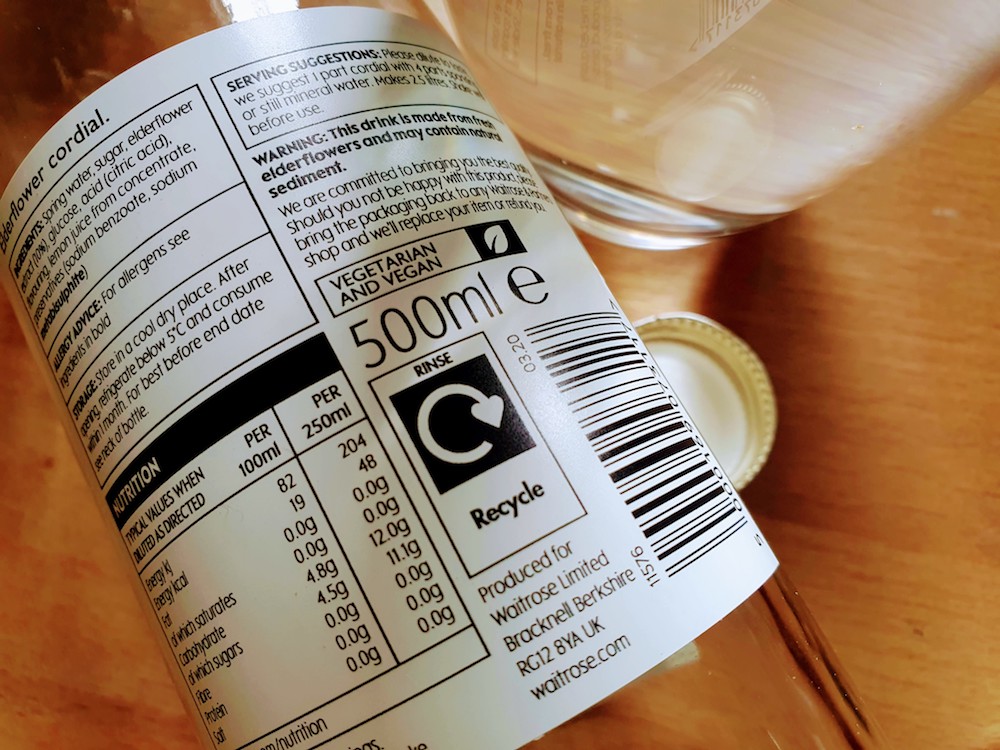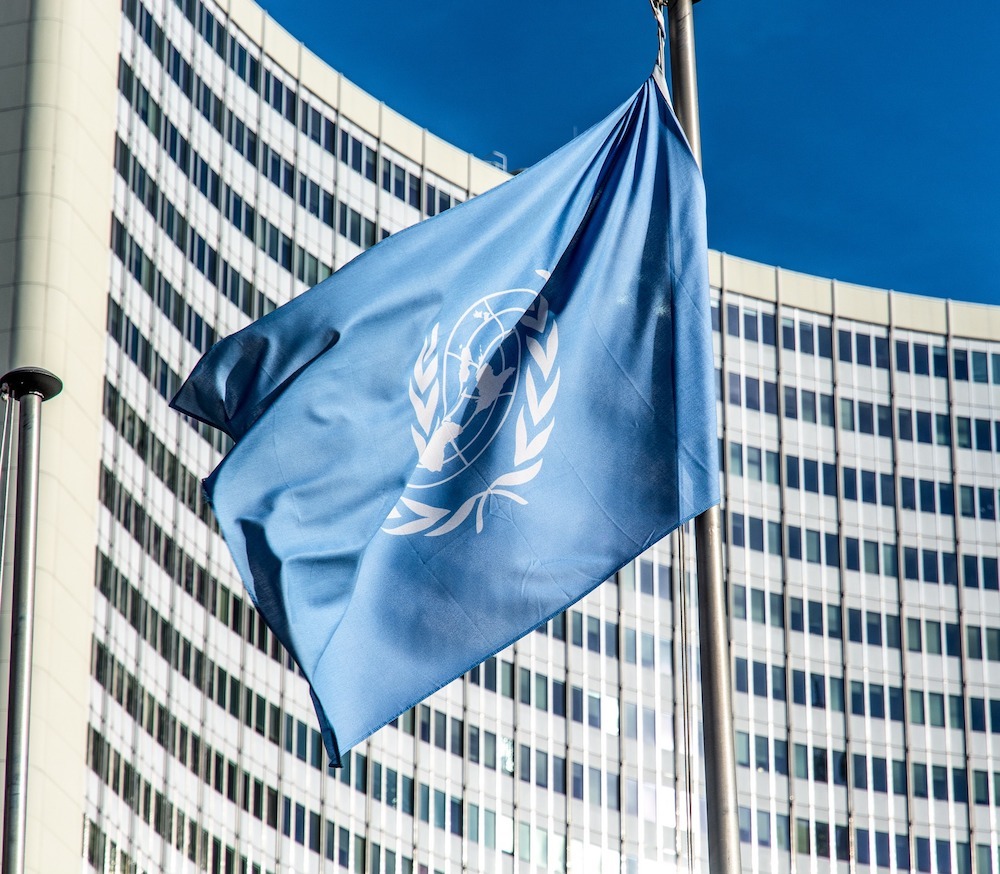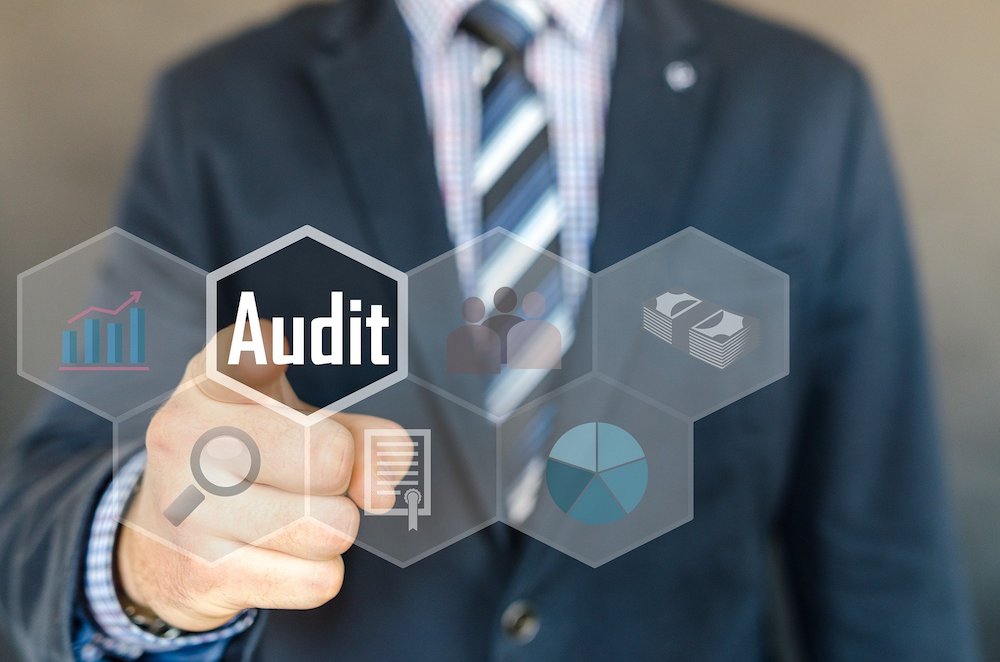According to a study published in May 2020 by the UN Environment Programme, On-Pack Recycling Label (OPRL) develops net-positive recycling labels for consumers

OPRL has recently updated its labels to make them simpler for consumers to understand (Credit: Twitter/@OPRL)
With estimates that only 9% of plastic waste gets recycled, it’s critical that brands inform consumers of how to best dispose of their waste. Margaret Bates, executive director of On-Pack Recycling Label (OPRL), tells NS Packaging how recycling labels can be optimised to get this information across.
In May 2020, the United Nations Environment Programme, Consumers International and the One Planet Network published a study looking into plastic recycling labels.
Assessing 30 labels used worldwide, it found that only 19% of those assessed give consumers quality information to make informed decisions about recycling purchasing.
This adds to the fact that, according to the UN Environment Programme, only 9% of all plastic waste ever produced has been recycled – while 12% has been incinerated and 79% has accumulated in landfills, dumps or the natural environment.
Those involved in the report believe better labelling is a simple and powerful way to help consumers buy more recyclable and recycled products, as well as to dispose of them correctly.
One of the assessed recycling labels that were deemed to be a net positive for consumers was developed by the UK non-profit scheme On-Pack Recycling Label (OPRL).
Founded in 2009 by trade association the British Retail Consortium and circular economy charity WRAP, OPRL was set up was to deliver simple and consistent recycling labels on consumer packaging across the country.
Ten years later, the organisation appointed a new executive director – Professor Margaret Bates, who taught sustainable waste management at the University of Northampton and is a former president of the Chartered Institution of Wastes Management.
Explaining why she decided to take on the role, she says: “Having spent 25 years in university and then moving into this industry, it was a huge step, and I would have only done that if I really liked the organisation.
“And OPRL is doing the right thing, and that shows if you look at who our board members are.
“We’ve got board members from local councils, and big international brands – and that’s everything from producers to waste managers – so everything we do reflects the supply chain.”
In an interview with NS Packaging, Bates explains how on-pack labelling can help consumers to do the right thing when it comes to recycling, and why society needs to move away from a “blame culture”.

OPRL executive director on how on-pack recycling labels can help consumers ‘do the right thing’
“One of the reasons why you need a label is because most people want to do the right thing, and it’s important to them,” says Bates.
“We’ve done some research on it and found that people do check packaging to determine whether something is recyclable or not.
“And it’s a split-second decision, isn’t it? You pick something up, flip it over, it says it can be recycled, and you chuck it in the right bin.
“I realise that there’s information on a lot of council websites, as well as apps like Recycle Now or the recycle locator – that’s great, but it tends to be an exception.
“Realistically, would you go on your council website and check every time you had to decide whether something went in a recycling bin or not? No – you’d only do this in exceptional circumstances.”
OPRL on the need to move away from ‘blame culture’
Bates describes how travelling around the world, looking at waste management issues in places like Brazil and Nicaragua, has informed her outlook.
She says: “When we’re sitting and looking at all these terrible pictures of what happens to waste when it’s not dealt with properly, I realise the importance of being able to manage our waste correctly, and I think we need to move away from a sort of blame culture regarding it.

“We’re all being told ‘it’s the local council’s fault’, or ‘it’s so and so’s fault’ – but actually, everyone has a role to play.
“It’s all very well to blame McDonald’s or Coca-Cola for littering, but neither of those organisations encourage littering, and in fact they spend a lot of time and effort trying to discourage it.
“But if you or I throw our waste out of a car window, there’s nothing McDonald’s, Coca-Cola, or any other brand or manufacturer can do about it.”
How to make recycling labels easy for consumers to use
She continues: “The government has said it wants a mandatory recycling label and to help people who want to make that split-second decision.
“We have done a lot of insight testing on this subject, and found that people want very clear instructions that tell them what to do.

“That might be with a bottle that says ‘cap on, recycle’. It doesn’t even take a second to process that information and chuck it into the right bin – and it means that consumers know what they’re doing, and it makes life quite a lot easier for them.
“We have a target that means if 75% of councils collect it, [a product] can have a recyclable label on it.”
OPRL executive director on making sure brands use its labels in the proper way
Bates says all members who use OPRL’s labels are audited every three years by a third-party contractor, to ensure a “very robust” compliance process.
“If they don’t pass the audit, or if there’s a major non-compliance, they have to change it immediately,” she explains.
“But if it’s some other stuff, like using old labels, or the colours not being quite right, then we work with them to change it and they have to comply with a timescale set out by the auditors.

“I should also say, although that makes it sound like we’re really quite extreme, we are quite flexible if they tell us upfront.
“As you can imagine, if all a company’s branding is red and white, we’re not going to insist it puts a green label on it. But the businesses need to tell us and to get our approval so that we’re sure of it, and then we log that so the auditors know.”
